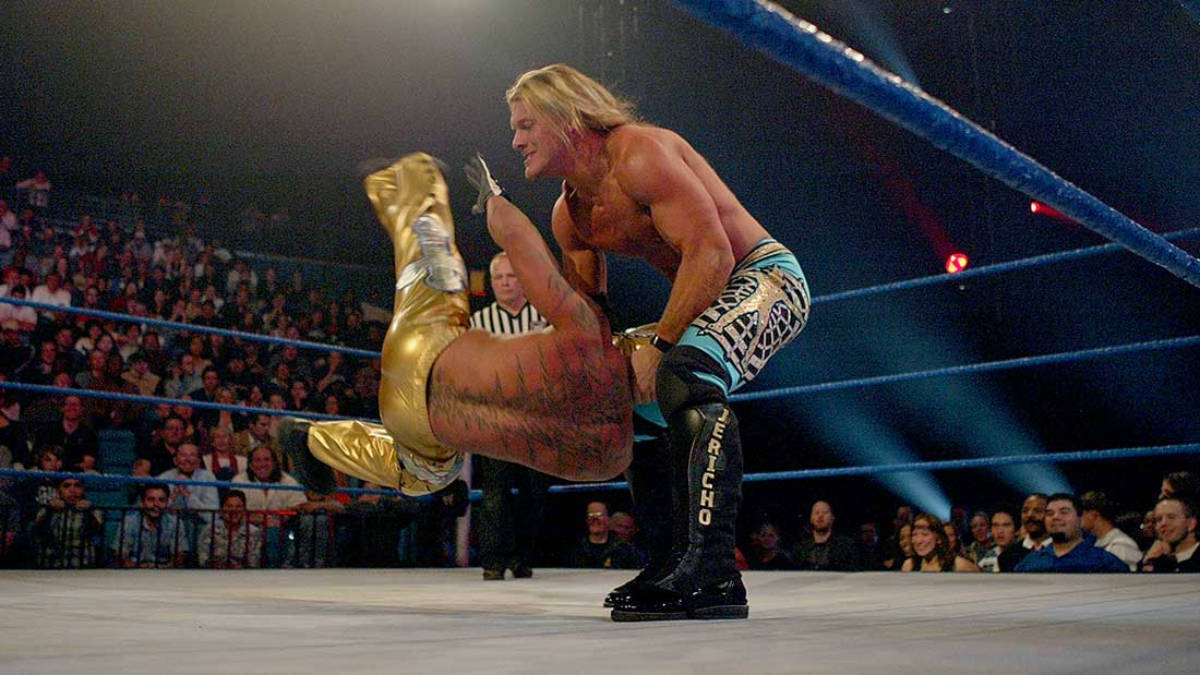Oil sector shakeup continues as low prices become the new normal

Oil prices aren't likely to get up beyond the low $US40 band that it is currently stuck in Pic: Getty
There appears to be little opportunity for oil prices to break out of the low $US40 range, despite signs that large petroleum inventories are starting to diminish.
Stocks of crude oil and products fell for the fifth time in six weeks last week with the US Energy Information Administration reporting that total stocks are now down by 23 million barrels (MMbbl) from the record of 2.11 billion barrels at the start of July.
This is due to the slow rate of imports offsetting the fall in demand.
However, the Joint Ministerial Monitoring Committee of OPEC+, which consists of OPEC nations and their allies, noted that while there are signs of gradually improving market conditions, the pace of recovery remains slower than anticipated.
It noted that this underscores the fragility of the market and significant uncertainties associated with oil demand.
Rough seas ahead keeping oil prices depressed
Oilprice.com noted that while the supply glut that caused oil prices to sink into negative territory in April appears to have eased, the margin of drawdown has shrunk.
It noted that US oil inventories declined by 10.6MMbbl during the week ending July 24 before falling in subsequent weeks by 7.4MMbbl, 4.5MMbbl and 1.6MMbbl respectively.
This raises the worrying potential that drawdowns could reverse, leading inventories to start rising again, not helped by OPEC trimming its historic production by about 2MMbbl per day this month to 7.7MMbbl per day.
Concerns about a second wave of COVID-19 infections given the lack of a properly tested vaccine also weighs on oil prices.
Just seven vaccine candidates have made it to the final stage of large-scale efficacy trials despite there being 185 research teams racing to be first on market.
Adding to oil’s woes, rather than lose momentum due to the pandemic, renewable energy demand has actually grown.
This has been acknowledged by supermajor BP, which outlined concrete plans to slash oil and gas production by 40 per cent and focus on clean energy earlier this month.
Shale oil in the doldrums
All this is likely to cause some sleepless nights for US shale oil executives, who might see the collapse of Chesapeake Energy earlier this year as a hint of more to come.
Indeed, energy consultancy Rystad Energy’s analysis indicates that unless prices strengthen further, about 150 more companies will need to seek bankruptcy protection through 2022, adding to the 32 companies identified by US law firm Haynes & Boone.
“While an improvement in oil prices towards $US40 per barrel WTI saved a significant number of E&Ps and prevented early Chapter 11 filings in June-July, the current price environment is in no way sufficient for a large number of E&Ps in the medium-term,” Rystad’s head of shale research Artem Abramov said.
Local insurer phasing out cover for oil and gas
While the macro picture for oil isn’t the most attractive, it hasn’t really gotten any brighter in Australia either.
Major insurer Suncorp Group (ASX:SUN) has flagged that it will phase out the underwriting and financing of oil and gas projects by 2025 and direct investment by 2040.
While the company has already stopped insuring, underwriting or directly investing in new oil and gas projects, the latest changes build on its existing commitment to phase out of existing thermal coal by 2025.
This is not likely to be hard to achieve given that fossil fuel exposure makes up less than 0.5 per cent of its insurance and shareholder investment assets and less than 1.5 per cent of its total investment assets under management.
Related Topics

UNLOCK INSIGHTS
Discover the untold stories of emerging ASX stocks.
Daily news and expert analysis, it's free to subscribe.
By proceeding, you confirm you understand that we handle personal information in accordance with our Privacy Policy.








